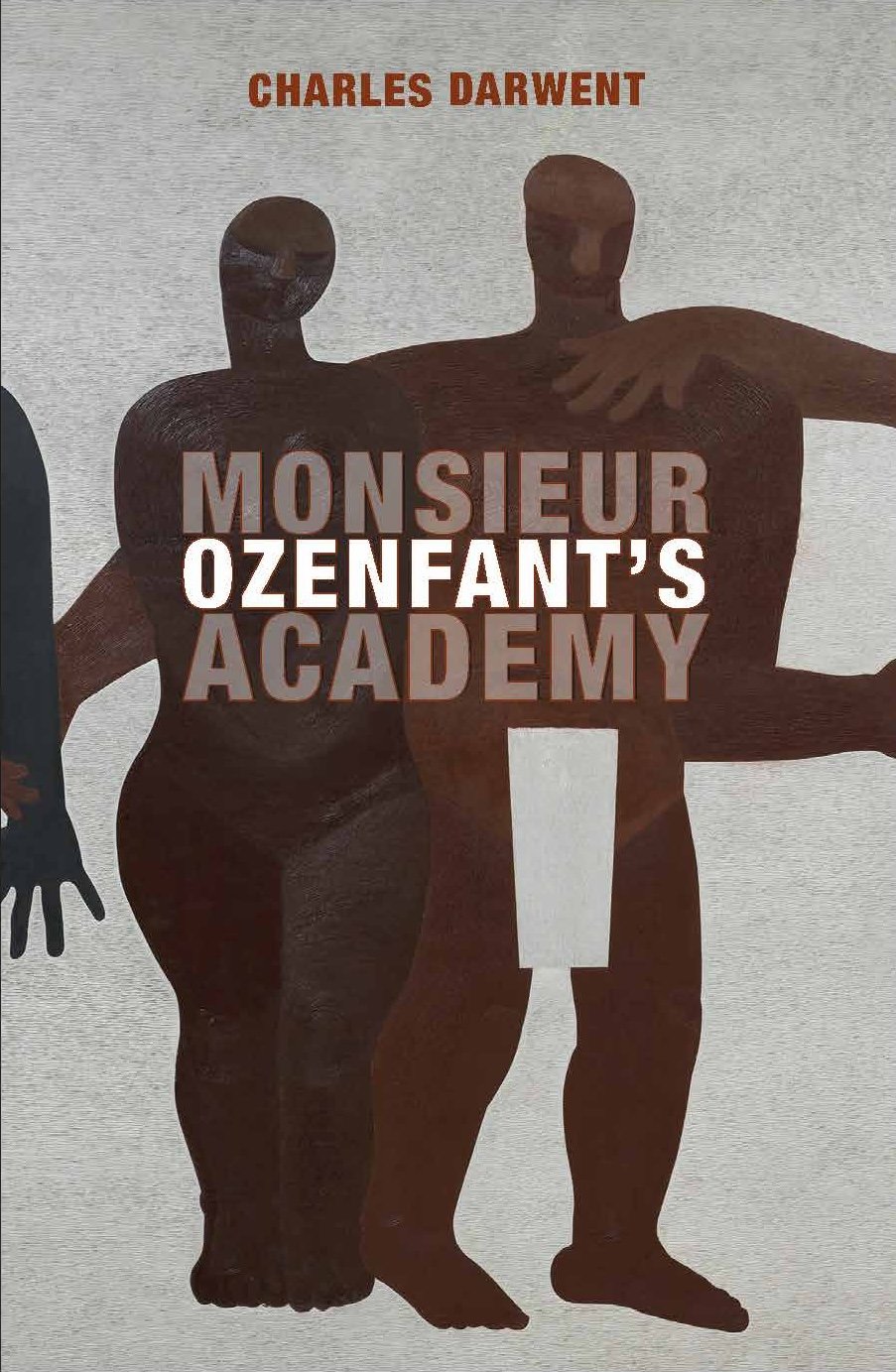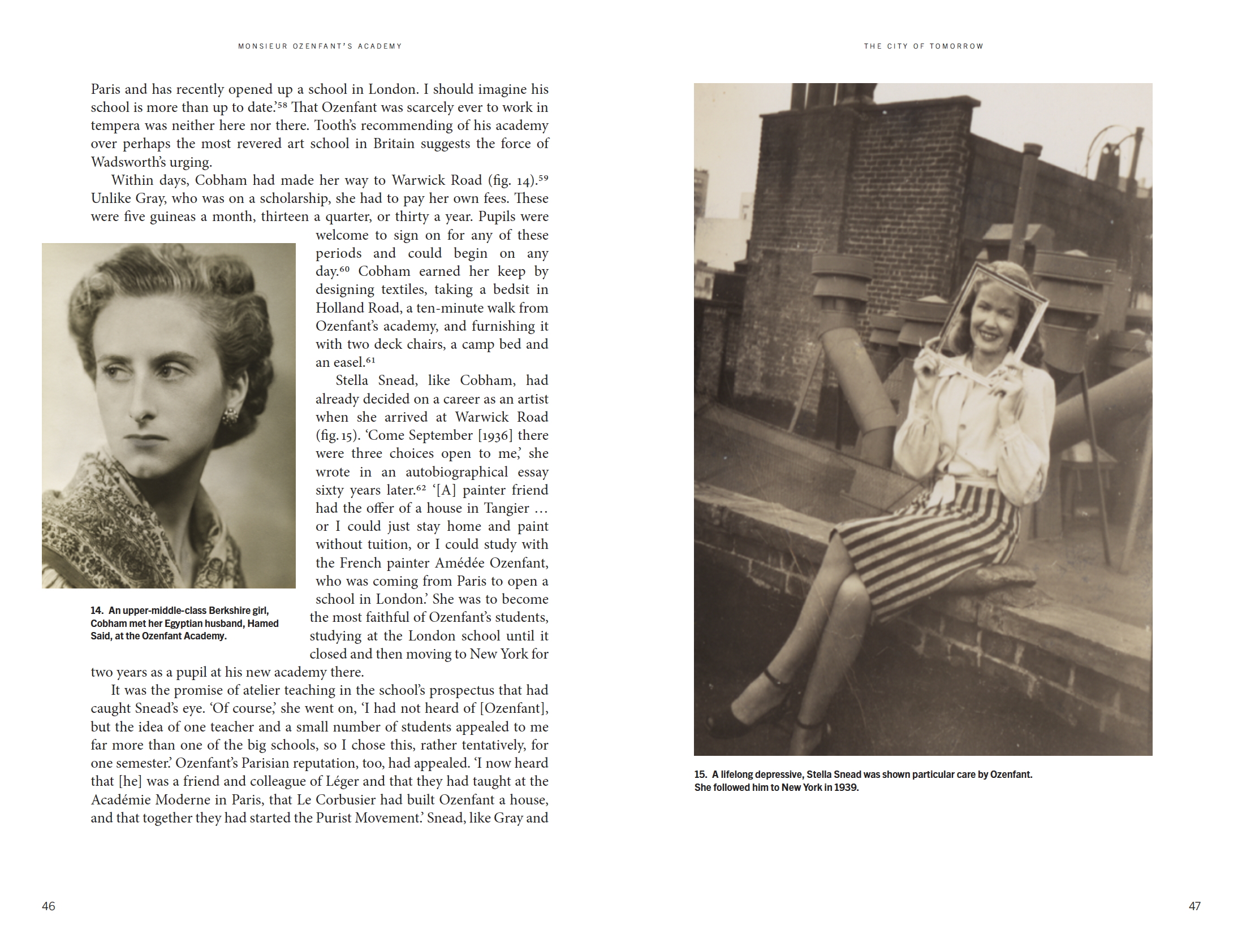 Image 1 of 14
Image 1 of 14

 Image 2 of 14
Image 2 of 14

 Image 3 of 14
Image 3 of 14

 Image 4 of 14
Image 4 of 14

 Image 5 of 14
Image 5 of 14

 Image 6 of 14
Image 6 of 14

 Image 7 of 14
Image 7 of 14

 Image 8 of 14
Image 8 of 14

 Image 9 of 14
Image 9 of 14

 Image 10 of 14
Image 10 of 14

 Image 11 of 14
Image 11 of 14

 Image 12 of 14
Image 12 of 14

 Image 13 of 14
Image 13 of 14

 Image 14 of 14
Image 14 of 14















Charles Darwent, Monsieur Ozenfant's Academy
In the years before the Second World War, an art school stood in a pair of mews houses off Kensington High Street in London. Although the school was small and short-lived, it would be linked to an extraordinary range of talent. Leonora Carrington was one of its students; Henry Moore taught there; Francis Bacon and Eduardo Paolozzi both cited its creator as the reason they had become artists. The school bore his name: the Amédée Ozenfant Academy of Fine Arts.
Both Ozenfant and his school are now largely forgotten, yet in the 1920s the man who, with Le Corbusier, had invented the style they called Purism was as well known as Picasso. His academy was a solitary outpost of the Parisian avant-garde in London; Ozenfant was, said France’s education minister, “the man who represented French art in Britain”. As war drew nearer, this lent him an importance that was not just cultural but political. Charles Darwent’s book quietly redraws the history of Anglo-French relations in the late 1930s.
Published on 8 July 2025
In the years before the Second World War, an art school stood in a pair of mews houses off Kensington High Street in London. Although the school was small and short-lived, it would be linked to an extraordinary range of talent. Leonora Carrington was one of its students; Henry Moore taught there; Francis Bacon and Eduardo Paolozzi both cited its creator as the reason they had become artists. The school bore his name: the Amédée Ozenfant Academy of Fine Arts.
Both Ozenfant and his school are now largely forgotten, yet in the 1920s the man who, with Le Corbusier, had invented the style they called Purism was as well known as Picasso. His academy was a solitary outpost of the Parisian avant-garde in London; Ozenfant was, said France’s education minister, “the man who represented French art in Britain”. As war drew nearer, this lent him an importance that was not just cultural but political. Charles Darwent’s book quietly redraws the history of Anglo-French relations in the late 1930s.
Published on 8 July 2025
In the years before the Second World War, an art school stood in a pair of mews houses off Kensington High Street in London. Although the school was small and short-lived, it would be linked to an extraordinary range of talent. Leonora Carrington was one of its students; Henry Moore taught there; Francis Bacon and Eduardo Paolozzi both cited its creator as the reason they had become artists. The school bore his name: the Amédée Ozenfant Academy of Fine Arts.
Both Ozenfant and his school are now largely forgotten, yet in the 1920s the man who, with Le Corbusier, had invented the style they called Purism was as well known as Picasso. His academy was a solitary outpost of the Parisian avant-garde in London; Ozenfant was, said France’s education minister, “the man who represented French art in Britain”. As war drew nearer, this lent him an importance that was not just cultural but political. Charles Darwent’s book quietly redraws the history of Anglo-French relations in the late 1930s.
Published on 8 July 2025
About the author
Charles Darwent is an art critic and author. He contributes regularly to The Guardian, The Art Newspaper and Art Review, and was the chief art critic for the Independent on Sunday from 1999–2013. He appeared on the Netflix series Raiders of the Lost Art from 2014–2016. He is the author of Surrealists in New York (2023), Josef Albers: Life and Work (2018), and Mondrian in London: How British Art Nearly Became Modern (2012)
-
978-1-7394694-1-2
-
Hardback
23.4 × 15.3 cm
-
52 colour and black & white
